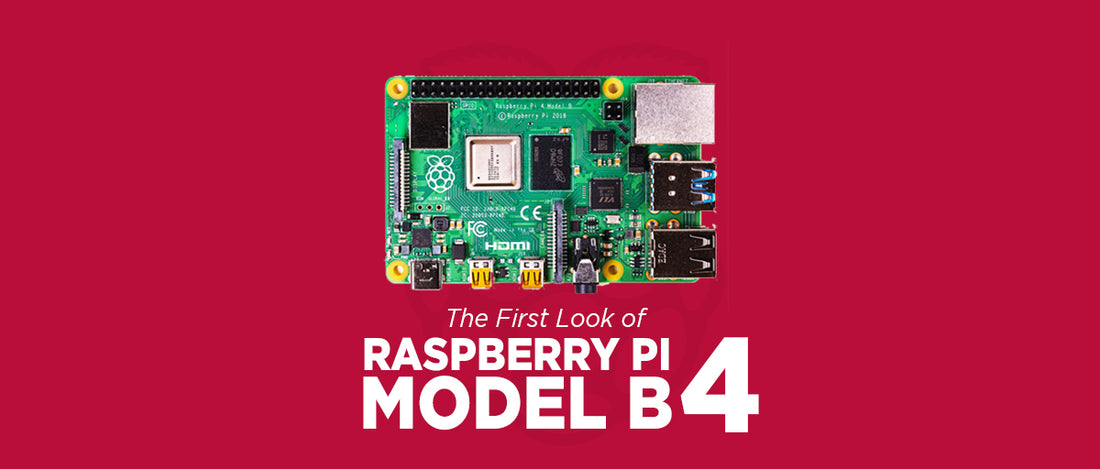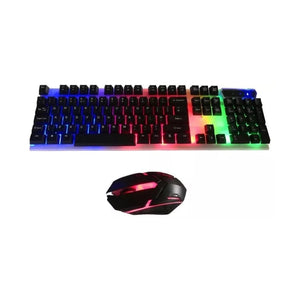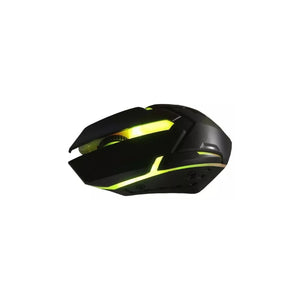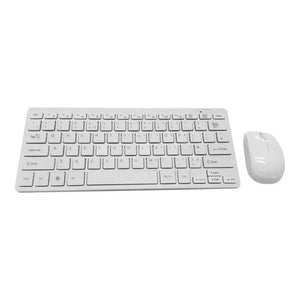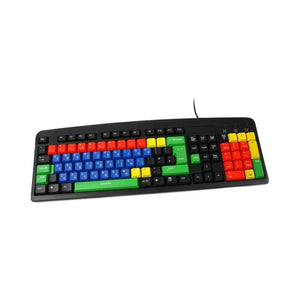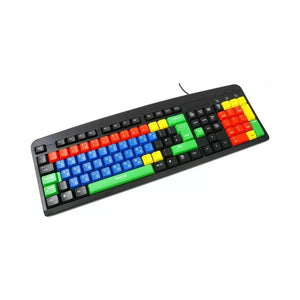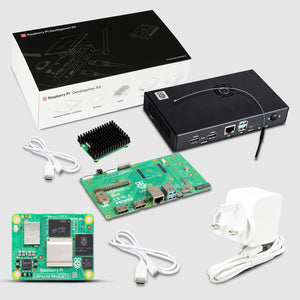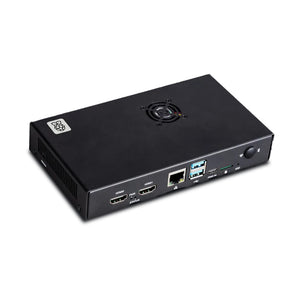Raspberry Pi is back with model Raspberry Pi 4 Model B, big time for the computer enthusiast.
Raspberry Pi foundation surprised the minicomputer world with the latest surprising release of its most awaited launch, the Raspberry Pi 4 model B. Released at 11:30 25th June 2019, the microcomputer offers better CPU performance than the Raspberry Pi 3, dual HDMI outputs, 2 x 3.0 USB and Gigabit Ethernet, and will remain in production until January 2026.
As in trend, Raspberry Pi 4 is available in three variants based on RAM combination of 1GB, 2GB, and 4GB.

Surprisingly, the Raspberry Pi 4 features two 4K micro-HDMI ports, which allow dual-display support at up to 4k60p. Raspberry Pi 4 includes H.265 4k60 decode, H.264 1080p60 decode, 1080p30 encode, with support for OpenGL ES, 3.0 graphics. As with all Raspberry Pis, there’s a component video port, tucked inside the audio port. The 2-lane MIPI DSI display port and 2-lane MIPI CSI camera ports are as same as Raspberry Pi 3.
Specifications
- Broadcom BCM2711, Quad-core Cortex-A72 (ARM v8) 64-bit SoC @ 1.5GHz
- 1GB, 2GB or 4GB LPDDR4-2400 SDRAM (depending on model)
- 2.4 GHz and 5.0 GHz IEEE 802.11ac wireless, Bluetooth 5.0, BLE
- Gigabit Ethernet
- 2 USB 3.0 ports; 2 USB 2.0 ports.
- Raspberry Pi standard 40 pin GPIO header (fully backward compatible with previous boards)
- 2 × micro-HDMI ports (up to 4kp60 supported)
- 2-lane MIPI DSI display port
- 2-lane MIPI CSI camera port
- 4-pole stereo audio and composite video port
- H.265 (4kp60 decode), H264 (1080p60 decode, 1080p30 encode)
- OpenGL ES 3.0 graphics
- Micro-SD card slot for loading operating system and data storage
- 5V DC via USB-C connector (minimum 3A*)
- 5V DC via GPIO header (minimum 3A*)
- Power over Ethernet (PoE) enabled (requires separate PoE HAT)
- Operating temperature: 0 – 50 degrees C ambient

* A good quality 2.5A power supply can be used if downstream USB peripherals consume less than 500mA in total.
The Raspberry Pi's previous versions make a lot of minicomputer market, it will be interesting to see how this new release changes our understanding of the minicomputer world.
Stay tuned for our upcoming updates on comparison of Raspberry Pi Models.

